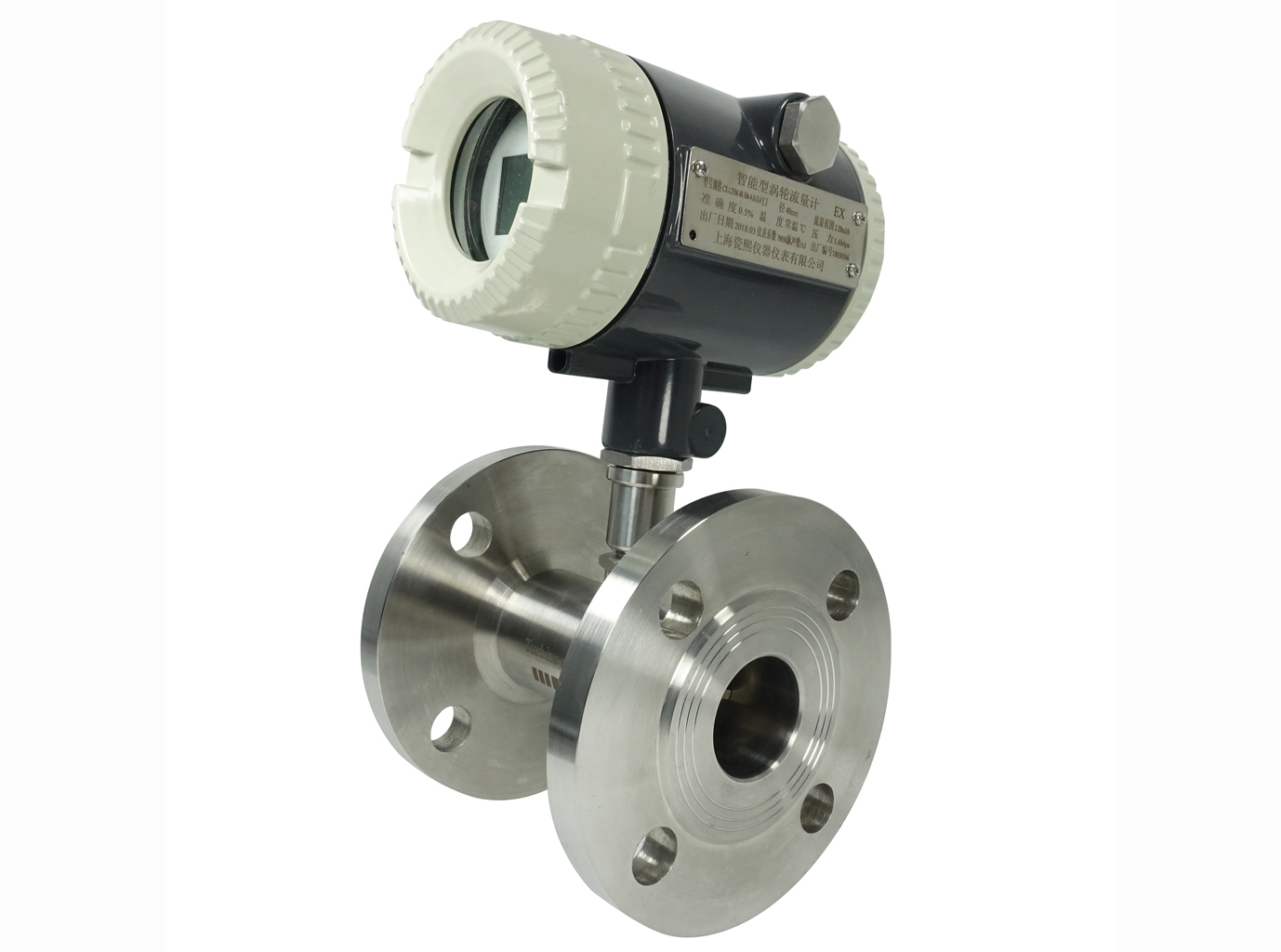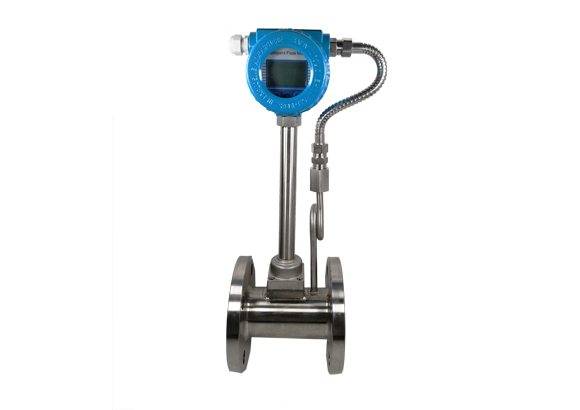Matters needing attention when installing flow meters
sales01@cxflowmeter.com
Installation problems have different requirements for flow meters of different principles. For some flowmeters, such as
differential pressure flow meters and velocity flowmeters, according to regulations, a certain length or a long straight pipe section should be equipped upstream and downstream of the flowmeter to ensure that the fluid flow before the inlet end of the flowmeter is fully developed. . While other flowmeters, such as positive displacement flowmeters, float flowmeters, etc., have no or lower requirements on the length of straight pipe sections.
Some flowmeters have certain errors due to the influence of installation. For example,
Coriolis mass flow meters will bring great errors to use due to the influence of installation stress. Problems in the use of retrospective flowmeters may not necessarily be due to the problems of the flowmeter itself, and many situations are caused by poor installation. Common problems are as follows:
① Reverse the inlet surface of the orifice plate of the differential pressure flowmeter;
② The flow sensor is installed in a place with poor flow velocity distribution profile;
③ Undesirable phases exist in the impulse pipe connected to the differential pressure device;
④ The
flow meter is installed in a harmful environment or in an inaccessible place;
⑤ The flow direction of the flowmeter is installed incorrectly;
⑥ The flowmeter or electrical signal transmission line is placed under a strong electromagnetic field;
⑦ Install the flowmeter susceptible to vibration interference on the pipeline with vibration;
⑧ Lack of necessary protective accessories.

Installation conditions
When using the flowmeter, attention should be paid to the adaptability and requirements of the installation conditions, mainly from the following aspects, such as the installation direction of the flowmeter, the flow direction of the fluid, the configuration of upstream and downstream pipelines, valve positions, protective accessories, pulsating flow influence, vibration, electrical disturbances and maintenance of flowmeters, etc.
1) Field piping wiring
Pay attention to the installation direction of the flowmeter when wiring the pipeline on site. Since the installation direction of the flowmeter is generally divided into a vertical installation method and a horizontal installation method, there are differences in the flow measurement performance for these two installation methods. For example, the vertical downward flow of the fluid will cause additional force to the flowmeter sensor, which will affect the performance of the flowmeter, and reduce the linearity and repeatability of the flowmeter. The installation direction of the flowmeter also depends on the physical properties of the fluid. For example, the horizontal pipeline may precipitate solid particles. Therefore, it is best to install the flowmeter with this state in the vertical pipeline.
2) The flow direction of the fluid
This problem is similar to the installation direction of the flowmeter. Since some flowmeters can only work in one direction, reverse flow will damage the flowmeter. The use of similar flowmeters also considers the possibility of reverse flow in the event of inactivity, which necessitates measures such as installing check valves to protect the flowmeter. Even a flowmeter that can be used in both directions may have some differences in measurement performance between forward and reverse, and should be used as specified by the manufacturer.
3) The upstream and downstream straight pipe sections of the flowmeter
Since the flowmeter will be affected by the flow state of the pipeline inlet, the pipeline fittings will also introduce flow disturbance. The flow disturbance generally includes vortex and flow velocity distribution profile distortion. The existence of vortex is generally due to the presence of two or more space (stereo) elbows caused by. Distortion of the velocity profile is usually caused by local obstructions in pipe fittings (eg valves) or elbows. These effects need to be ameliorated with upstream straight runs of appropriate lengths or the installation of flow conditioners. In addition to considering the influence of the flowmeter connection fittings, you may also consider the influence of the combination of upstream pipe fittings, because they may generate different disturbance sources, so be sure to keep the distance between the disturbance sources as far as possible to reduce their influence. For example, a partially open valve follows immediately after a single bend.
A straight pipe section is also required downstream of the flowmeter to reduce downstream flow effects.
For volumetric flowmeters and Coriolis mass flowmeters, they are not affected by asymmetric flow profiles; turbine flowmeters should be used to minimize vortex; electromagnetic flowmeters and differential pressure flowmeters should limit the vortex to a very small within the range.
Cavitation and condensation are caused by unreasonable pipe arrangement, avoiding sharp changes in pipe diameter and direction. Poor piping layout can also create pulsation.
4) Pipe diameter and pipe vibration
Some types of flowmeters do not have a wide range of pipe diameters, so too large or too small will limit the choice of flowmeter varieties. To measure the flow rate of low flow rate or high flow rate, you can choose a flowmeter with a different diameter from the pipe diameter, and you can use a reducer to connect to make the flowmeter run within the specified range. If the flow rate exceeds the range, if the flow rate is too low, the error of the flowmeter will increase, and the flowmeter error may increase.

Some flowmeters, such as
vortex flow meters and
Coriolis mass flowmeters with piezoelectric detection components, are sensitive to mechanical vibration and are easily disturbed by pipeline vibration. Attention should be paid to the design of support on the pipelines before and after the flowmeter. In addition to the use of pulsation eliminators to eliminate the effects of pulsation, attention should also be paid to keeping all installed flowmeters away from sources of vibration or pulsation.
5) The installation position of the valve
The control valve and isolation valve are installed in the pipeline where the flowmeter is installed. In order to avoid some flow velocity distribution disturbance and cavitation caused by the valve and affect the flowmeter measurement, the general control valve should be installed downstream of the flowmeter, and the control valve should be installed in the flowmeter. The back pressure of the flowmeter can also be increased downstream to reduce the possibility of cavitation inside the flowmeter.
The purpose of the isolation valve is to isolate the flowmeter from the fluid in the line for easy maintenance. The upstream valve should be far enough away from the flowmeter. When the flowmeter is running, the upstream valve should be fully opened to avoid disturbances such as flow rate distribution distortion.
6) Protective accessories
The installation of protective accessories is a protective measure to ensure the normal operation of the flowmeter. For example, in positive displacement flowmeters and turbine flowmeters, some necessary equipment such as filters generally need to be installed upstream. All these equipments must be installed so as not to affect the use of the flowmeter.
7) Electrical connection and electromagnetic interference
At present, most flow measurement systems, whether it is the flowmeter itself or its accessories, have electronic equipment, so the power supply used must be matched with the flowmeter. When the output level of the flowmeter is low, a preamplifier suitable for the environment should be used. The output signal of some types of flowmeters is easily interfered by high-power switching devices, which makes the output pulses of the flowmeter fluctuate and affects the performance of the flowmeter. For example, the signal cable should be as far away from the power cable and power source as possible to reduce electromagnetic interference and radio frequency interference. Influence.
8) Pulsating flow and unsteady flow
In addition to the use of pulsation eliminators, attention should be paid to keeping all installed flowmeters away from pulsation sources. The most common sources of pulsation are hydraulic oscillations such as fixed displacement pumps, reciprocating compressors, oscillating valves or regulators, and vortex trains. Generally, differential pressure flowmeters have pulsating flow errors, and turbine flowmeters and vortex flowmeters also have pulsating flow errors. Unsteady flow is a flow that varies with time and slow pulsation is a special case of unsteady flow. Such as slow pulsations caused by the operation of an oversized control valve.
The flow meter can handle the pulsation effects of the flow sensor and the secondary display instrument separately. Install the flow sensor away from the source of pulsation, or install a low-pass filter such as a snubber (for liquids) or choke (for gas) in the piping system to reduce the degree of pulsation. The secondary display instrument can choose a flowmeter with good response characteristics (such as electromagnetic flowmeter, ultrasonic flowmeter) to increase the damping, and measure the pulsation parameters to estimate the additional error of the pulsation.
sales01@cxflowmeter.com


